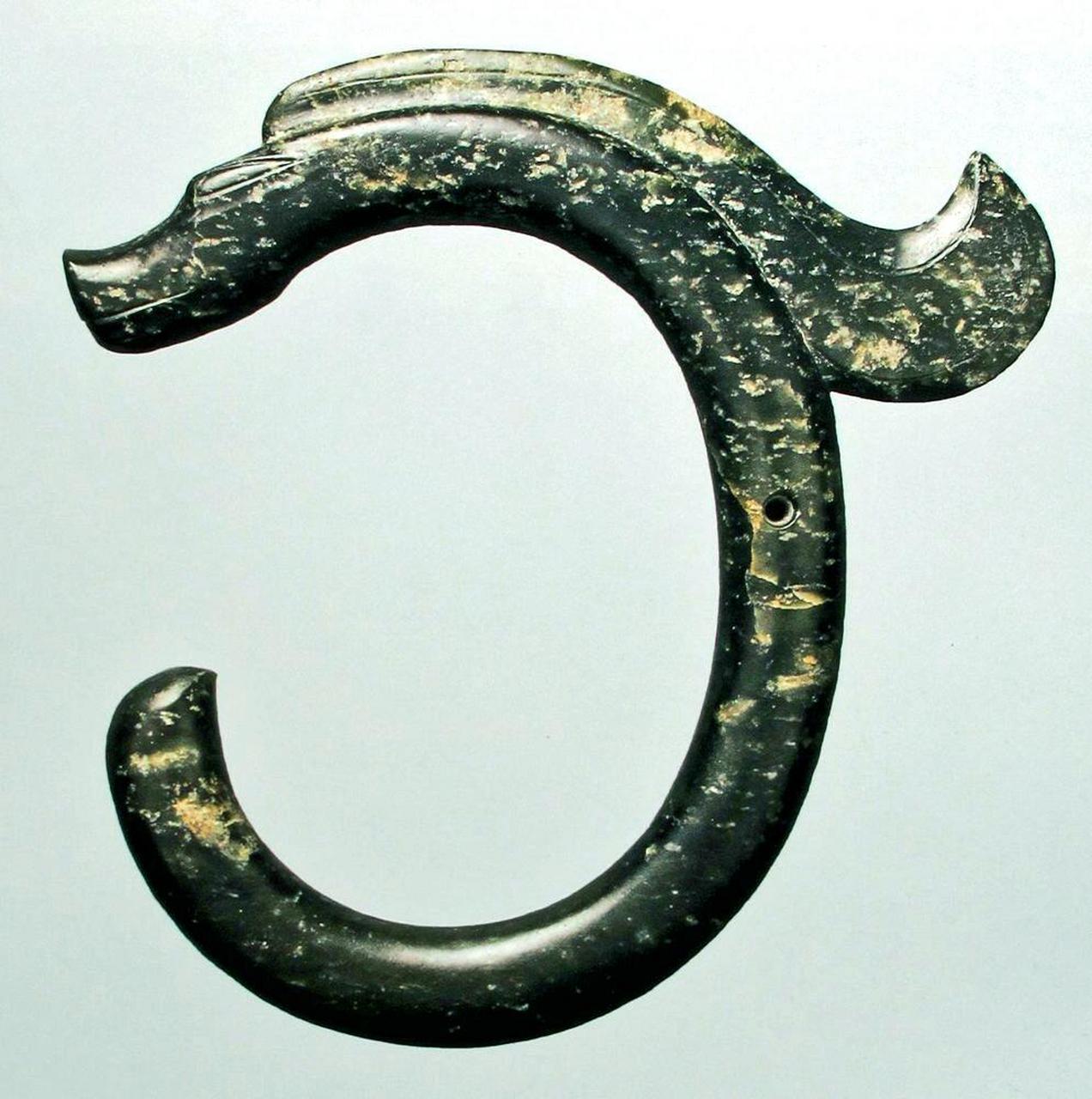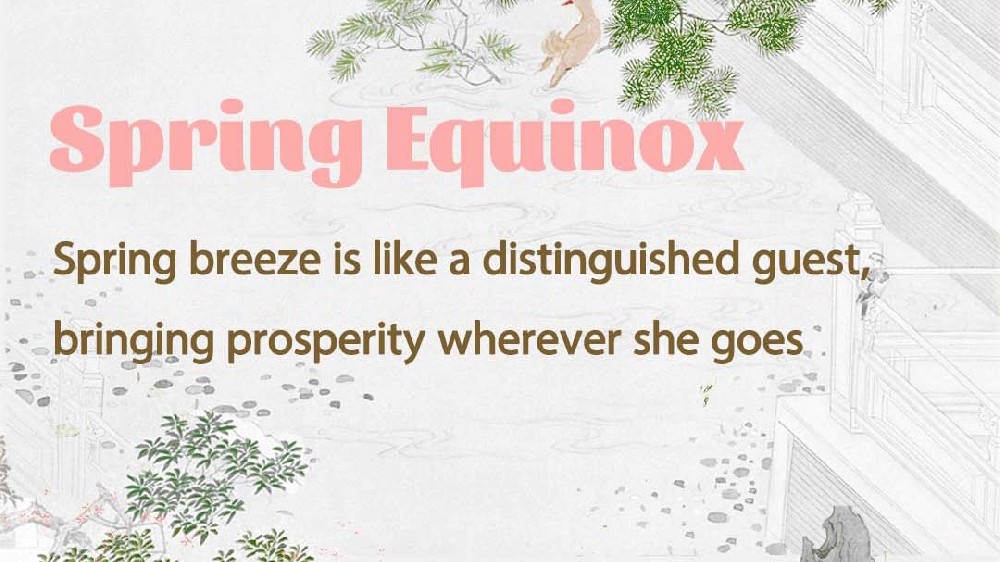Hongshan Culture: the Deep Root of Chinese Civilization
It is commonly said that Chinese civilization has continued uninterrupted for 5,000 years, yet for a long time archaeological evidence only dated back 4,000 years to the Xia Dynasty. However, in Liaoning Province in northeastern China, numerous 5,500-year-old artifacts have been discovered at Neolithic Hongshan Culture sites, revealing that the roots of Chinese civilization extend over a thousand years further back than previously thought.

The largest jade dragon unearthed from the Hongshan Culture
The Hongshan Culture is represented by two main sites, with the Niuheliang site in Chaoyang, Liaoning Province, being the most famous. Here, excavations have unearthed an array of exquisite pottery and jade artifacts, along with diverse structures such as goddess temples and altars.
The Jade Pig Dragon is the most renowned artifact from the Hongshan Culture. This C-shaped, pig-headed jade object with a curled body is markedly different from the modern Chinese dragon—an amalgam of nine animal features—that emerged during the Han Dynasty around 2,000 years ago. Instead, the Jade Pig Dragon, with characteristics reminiscent of both a pig and a bear, has profoundly influenced later representations of dragons. Similar dragon-like images have also been found in Shang Dynasty tombs nearly 4,000 years ago.
Another remarkable find is the clay goddess statue. In a time when ancestor worship was strong, this figure likely represented a venerable clan elder. She is depicted with round cheeks, high cheekbones, a low nose, and crystal jasper eyes—enhanced by the use of jade as her eyes—suggesting that she may have been revered as a sorcerer with psychic abilities. Although her exact name is lost to history, her importance is evident, and both the ancient worshippers and modern visitors to her temple may see her as a cultural forebear.
More than 5,000 years ago, the Hongshan Culture already featured ceremonial structures for ancestor worship and sky sacrifice. These sites consistently placed temples to the north and altars to the south—a pattern that persists in Chinese ritual practices today. This strong continuity makes it highly likely that the Hongshan Culture is a foundational source of Chinese ritual traditions.
In recent years, Liaoning Province has been working to enhance the cultural value of the Hongshan Cultural Site and is preparing to apply for its designation as a World Heritage Site. A museum on site, designed both for conservation and education, allows visitors to experience the mysterious charm of artifacts more than 5,000 years old up close. These efforts help introduce the ancient and beautiful Hongshan Culture to modern audiences, deepening the understanding of the origins of Chinese civilization.

